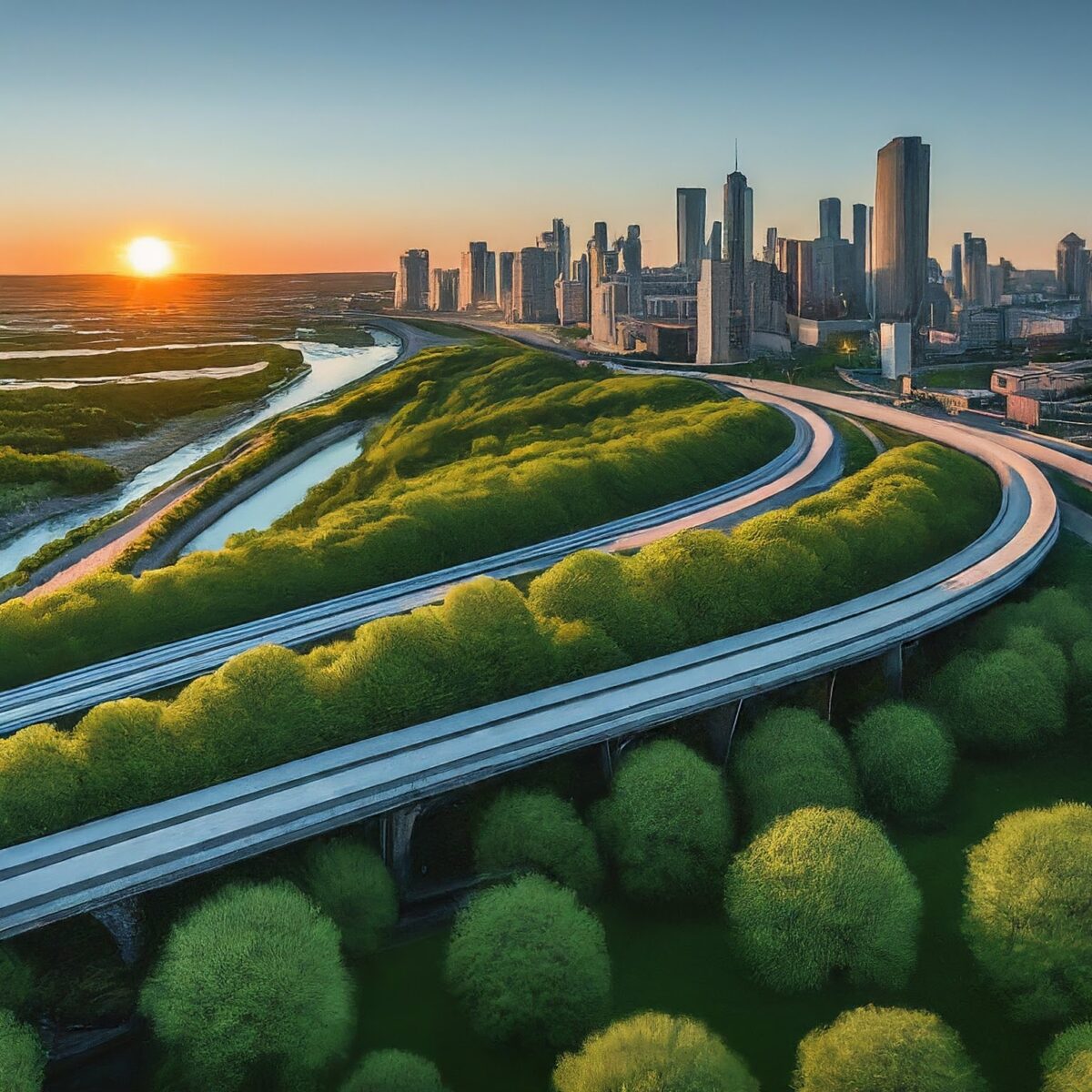From scorching heatwaves to record-breaking floods, the reality of climate change is hitting cities hard. But instead of succumbing to the inevitable, urban areas are transforming into bastions of resilience. This blog dives into the strategies cities are adopting to handle extreme weather events and rising sea levels, becoming champions of adaptation.
Why Resilience Matters
Cities are ground zero for climate change. They house a large portion of the global population and infrastructure, making them highly vulnerable to disruptions. Here’s why resilience is key:
- Saving Lives and Livelihoods: Effective adaptation plans can minimize casualties and economic losses from disasters.
- Protecting Infrastructure: Climate-proofed infrastructure ensures essential services like water and transportation keep functioning during disruptions.
- Building a Sustainable Future: Resilient cities attract investment and talent, fostering a more sustainable and prosperous future for all.
Becoming an Adaptation Champion: Strategies for Cities
So, how can cities become bastions of resilience? Here are some key strategies:
- Green Infrastructure: Planting trees, creating rain gardens, and restoring wetlands provide natural defenses against flooding and heat waves.
- Grey Infrastructure Upgrades: Investing in seawalls, levees, and improved drainage systems offers critical protection from rising sea levels and extreme precipitation.
- Heat Mitigation Strategies: Urban heat island effect reduction through cool pavements, reflective surfaces, and strategically placed green spaces combats rising temperatures.
- Early Warning Systems: Investing in systems that predict and warn of extreme weather events allows for better preparedness and evacuation planning.
- Building Awareness and Preparedness: Educating citizens about potential risks and creating evacuation plans empowers communities to respond effectively during disasters.
Community at the Core: Why People Matter
Technological advancements are crucial, but resilience is ultimately about people. Here’s how communities play a vital role:
- Community Engagement: Including residents in planning fosters a sense of ownership and empowers them to take action for their neighborhoods.
- Social Equity: Ensuring disadvantaged communities, often hit hardest by climate change impacts, have access to resources and are part of the solution.
- Investing in Social Infrastructure: Strengthening social safety nets and community centers helps people recover and rebuild after disasters.
The Road Ahead: Building a More Resilient Future
Building resilient cities is an ongoing process. However, the benefits are undeniable – a safer, healthier, and more prosperous future for urban populations. By embracing innovative strategies and empowering communities, cities can become beacons of hope in the face of climate challenges.
What You Can Do
Climate change adaptation isn’t just about top-down planning. Here’s how you can contribute:
- Stay Informed: Educate yourself about climate risks in your city and advocate for adaptation measures.
- Support Local Initiatives: Get involved with community gardens, green building projects, or disaster preparedness efforts.
- Hold Your Leaders Accountable: Demand that your city officials prioritize climate adaptation in their planning and budgeting.
Together, we can build cities that can weather any storm – literally and metaphorically. Let’s make our cities bastions of resilience, ensuring a thriving future for generations to come.

